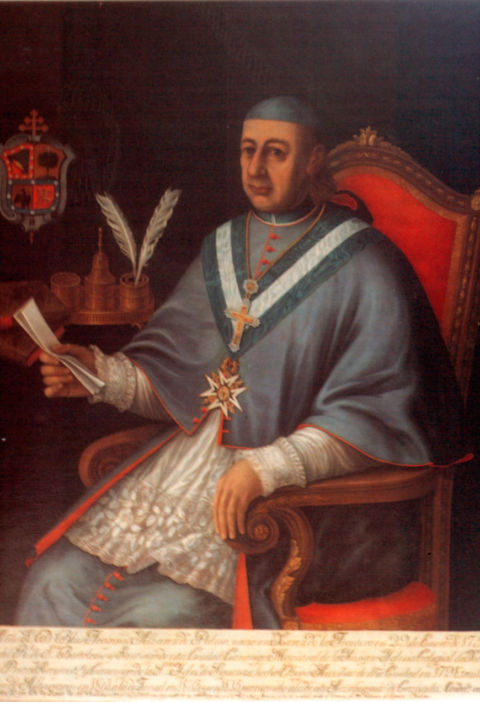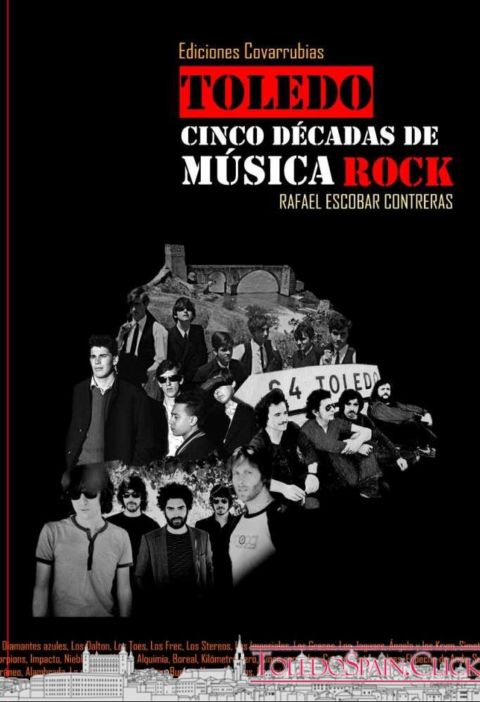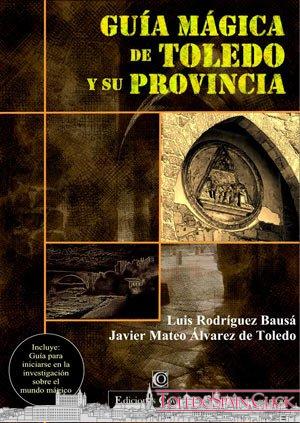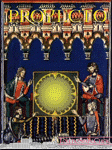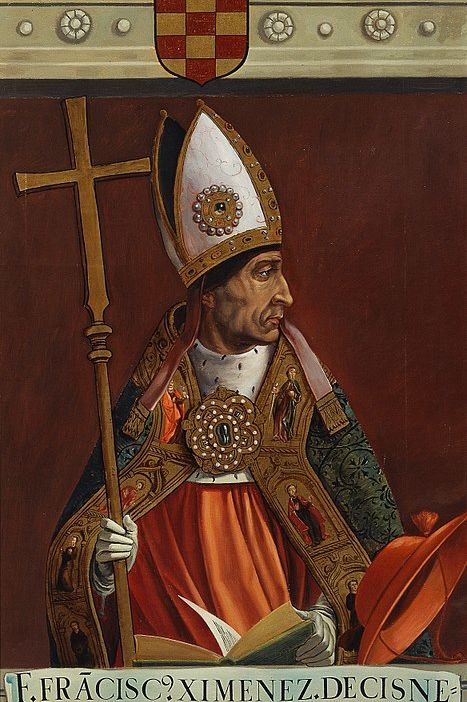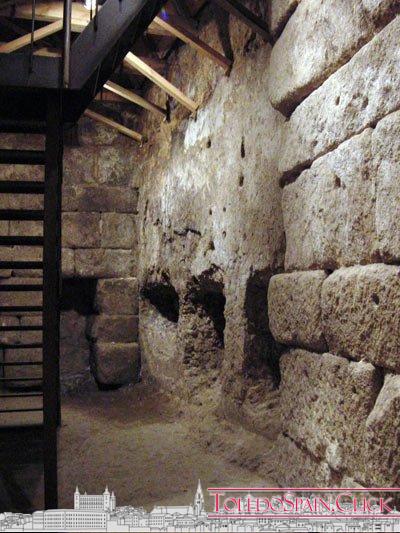 We read these days in the local press some news related to the “Cave of Hercules” in Toledo…, it is curious how from time to time the administration and the press echo this type of news, about one of the most persistent mysteries of our city.
We read these days in the local press some news related to the “Cave of Hercules” in Toledo…, it is curious how from time to time the administration and the press echo this type of news, about one of the most persistent mysteries of our city.
In ABC, Toledo edition, September 9, 2007, Valle Sánchez wrote:
” The journalist Luis Moreno Nieto wondered in an article published in ABC in November 2003 if the Cave of Hercules really existed or if it is nothing more and nothing less than one of so many legends that are passing from one generation to another of Toledo.
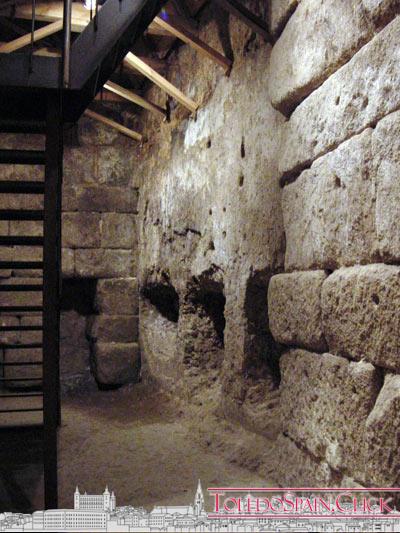 And she wrote: “Wrapped in the clothing of poetry and even of history – in Toledo you never know where the story ends and where the legend begins – this fable from the cave of Hercules is printed in a hundred books about the Imperial City. It was even said that from the disappeared temple of San Ginés it reached the Tagus and beyond. Some writers asserted that it was Hercules who dug it; others, that the Romans of Hannibal’s time; a cleric affirmed that it was part of a Phoenician temple; in the Middle Ages it was said that magicians and sorcerers met there. In 1546 Cardinal Martínez Silíceo wanted to put an end to the legend and ordered it to be explored; in 1851 some young people eager for adventure descended and did not see…but a room fifteen meters long by ten meters wide, not very deep…”. The mystery continues.”
And she wrote: “Wrapped in the clothing of poetry and even of history – in Toledo you never know where the story ends and where the legend begins – this fable from the cave of Hercules is printed in a hundred books about the Imperial City. It was even said that from the disappeared temple of San Ginés it reached the Tagus and beyond. Some writers asserted that it was Hercules who dug it; others, that the Romans of Hannibal’s time; a cleric affirmed that it was part of a Phoenician temple; in the Middle Ages it was said that magicians and sorcerers met there. In 1546 Cardinal Martínez Silíceo wanted to put an end to the legend and ordered it to be explored; in 1851 some young people eager for adventure descended and did not see…but a room fifteen meters long by ten meters wide, not very deep…”. The mystery continues.”
(See original news)
This text appeared related to a news item from Toledo City Council, in which it is published that the Local Government Board has granted a license to the Toledo City Consortium for the “valorization” of the Cuevas de Hércules, in San Ginés Street, where an investment of more than half a million euros is planned. Specifically, 508,254.17 euros to “preserve and restore Roman, Visigoth, Arab and Christian remains found in the place, one of the most emblematic and mysterious heritage of the city. A place where reality and legend have been intertwined for centuries and on which thousands of pages have been written and fantasized about the origin of the city or the enchanted palace in which the Visigothic kings kept their treasures. (See original news)
The rest of the news is of notable interest, as we are told something of the history of this “Cave”, located in the heart of Toledo and the various interventions that have been made there:
” In this place of the Helmet there are Roman vestiges of the first century, Visigoths of the third century, an Arab mosque of the twelfth century and the old church of San Ginés, demolished in 1830. Everything “is a symbol and reflection of the three cultures and the city that has welcomed them, but also goes further as there are even remains of the Roman era. In fact, the director of the archaeological intervention, Vasilis Tsiolis, already assured in 2004 that apart from the legend, the caves are a good example of the hydraulic system of the ancient Roman city, being a large cistern connected to other nearby vestiges such as the Roman baths of Amador de los Ríos, or those of the basements of the Treasury Department. In the Middle Ages, on top of the mythical cave, a Christian temple dedicated to San Ginés was erected, which was later abandoned and demolished in 1841. It was in the spring of 2003 when the Consortium began work; now, with this new action, the aim is to recover the remains completely and they can be visited as just another monument.
I’m sure you’re also interested in: Witches and Sorceresses of Magic Toledo
Tradition says that this place was carved by Tubal or Hercules the Egyptian and would be the secret chair from which Hercules himself taught the occult sciences. It was said that in those caves there were figures or paintings hidden before the arrival of the Arabs, whose unveiling would bring great evils. In these caves is also located the treasure found by the young Jew of the manuscript of Roso de Luna, to cite an example. The caves are under the church of San Ginés and there are other subterranean ones in the vicinity, such as those of Navarro Ledesma, 1, and those of the Hacienda. Some say that these subterranean could be a ibero-roman shelter city communicated by passages.”
This “legend” has been part of our website for some time now.
Related legends
Here are some related to this myth:
– La Cava” : beautiful Toledan legend about the loss of Spain, related to the mythical Cave of Hercules.
– Unknown Heritage Routes. The Toledo City Consortium offers routes through these “other” monuments.
– “The Caves of Hercules.”
* Photo: Cave of Hercules, before the last reform.

